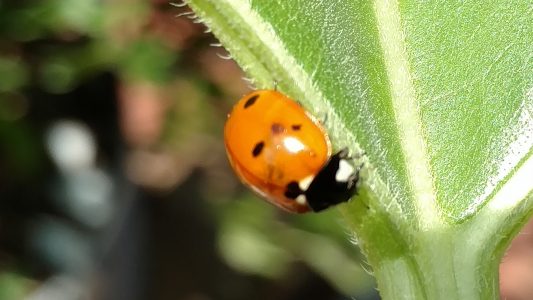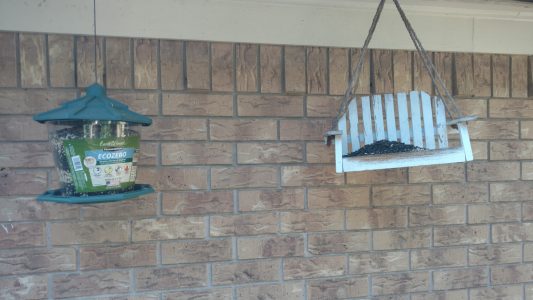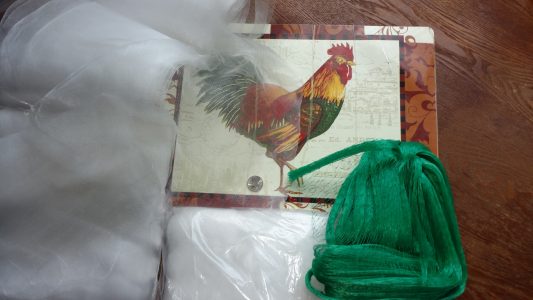
Why Build A Fence?
Mother nature can be a ruthless destroyer of a garden. As gardeners, we have to make every effort to properly choose the right location, prepare garden soil, prep the beds, sow, water, weed and shield plants from frost. And then there are the pests we have to contend with. The pests want to reap what we’ve sown; therefore, measures have to be taken to ensure that all of our planning and hard work isn’t ruined by nature — including the wind. Although the wind isn’t classified as a pest, potential wind damage in and by itself is reason enough to build a fence. The fact of the matter is that many gardeners spend a lot of time and money only to learn the hard way that they really needed a comprehensive fencing system to protect their crops.
The Fence
Garden pests come in many different shapes and sizes. Building a fence around the perimeter of a garden will greatly help keep out unwanted guests. Personally, I’ve tried almost every kind of fence there is from concrete to electric. What I’ve found from a lifetime of experience is that the kind of fence needed directly corresponds to the type of pest(s) present. And the best barbed wire fence in the world won’t prevent small mammals and birds from invading a garden. A chicken wire and 1/4 inch fence combo is best for smaller pests or a concrete wall, if you can afford one. Bird netting is also an option. So, before we spend our time and money on fencing we need to first ask ourselves the simple question: what are we trying to keep out of the garden? The next question we need to ask is: what can we afford?
Something that’s cheap and has worked well in the past is snow fencing. And, as an added bonus, snow fencing works great as a wind barrier, too. Add to the snow fence some electric fence for larger animals and some 1/4 mesh for smaller animals and you have a complete barrier. No fence is perfect, however, and even electric cattle fencing can be destroyed by a determined moose. So, the first step in managing pests is probably a combination of fencing, netting and something that will scare away or repel pests.
Pictured here is some insect and bird netting that I just unpacked and set out on the table. I placed a U.S. Quarter in the center of the picture for scale. The larger green mesh is bird netting and the white ultra-fine mesh is for covering garden rows.
Integrated Pest Management

Integrated pest management is a comprehensive strategy used to manage a garden. What it boils down to is understanding the habits and life-cycle of pests and then choosing the best method to interrupt or eliminate said pest(s). The preferable method is to employ the least toxic and/or lethal means to protect your crops. For example, it’s probably better to mix up some non-toxic soap and water as a bug spray and use that than it is to use advanced insecticide as your first line of defense. Neem oil, garlic oil and diatomaceous earth are just a few examples of bug controllers that won’t hurt you or your pets. Just keep in mind that pollinators can become a casualty even with organic methods. So, you might have to make nighttime applications after the honey bees and bumble bees have gone to bed….
Personally, I like to attract the kind of birds that consume bugs, and I also release lady bugs which prey on unwanted insects.

The good news is that Alaskan gardeners don’t have near as many bug problems as gardeners do down in the Lower 48. So, the main thing to worry about is keeping your plants strong my keeping them well fed and well watered, but just don’t over do it. Strong plants can better resist insect invasions and recover from rodents that nibble on them. But as a last resort you might have to get out the strong stuff.

Sometimes a gardener has to do what a gardener has to do. And that means use a store-bought pesticide or lose an entire crop. If it comes to that, whatever you do please closely follow the manufacture’s safety instructions and DON’T over apply the product. In other words, if the manufacture recommends adding a teaspoon of pesticide to a gallon of water as the mixing ratio, then do not exceed that by adding two teaspoons per gallon, instead. In this case more is not better unless you’ve spoken to a professional and/or company rep and they told you what to do. Wearing protective gear is important. And you want to limit your exposure as much as possible. Use common sense and be safe out there in the garden.
Lastly, I must say a word or two about trapping and/or poisoning unwanted pests. A long time ago I used to make my living running a trapline, so I personally have nothing against managing animal populations with traps and/or poisons. But there’s a right way and a wrong way to go about it. First learn about the wild animal’s habits and how to best trap them humanly and not the neighbor’s dog or cat. Check your traps at least once per day. Always remember safety first! Same thing goes for getting out the shotgun and dispatching the varmints. Make sure of both your target and backstop before you pull the trigger. Bullets can’t be taken back once fired.
Well friends, the above should get you started on the right track. There’s more of course, but that’s most of the basics. Pick up a good book or two on managing garden pests in your local area, and you should be all set. Happy gardening!
About ggphillips
Twitter •

Protecting and maintaining your lawn is not easy at all. This post is really helpful. I found another amazing piece on lawn maintenance. Hope you guys like it too: https://garden-and-lawn-maintenance.yolasite.com/